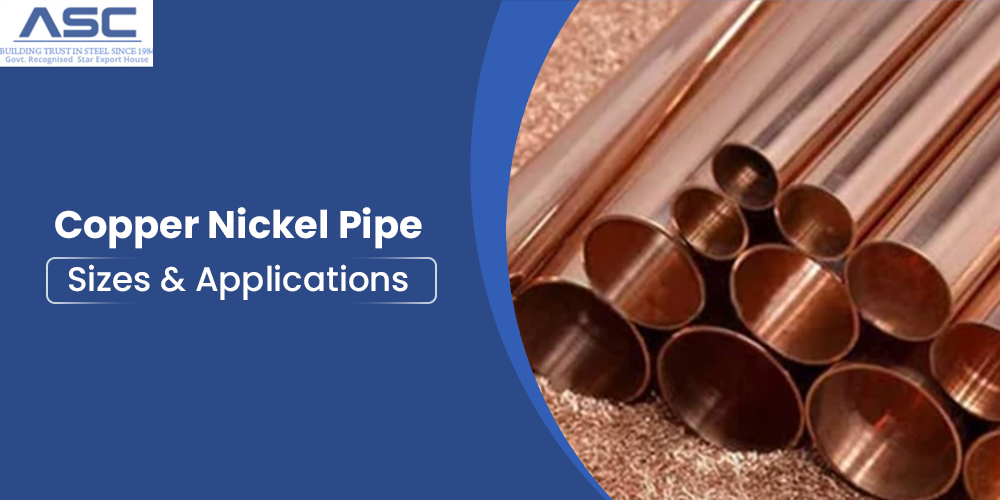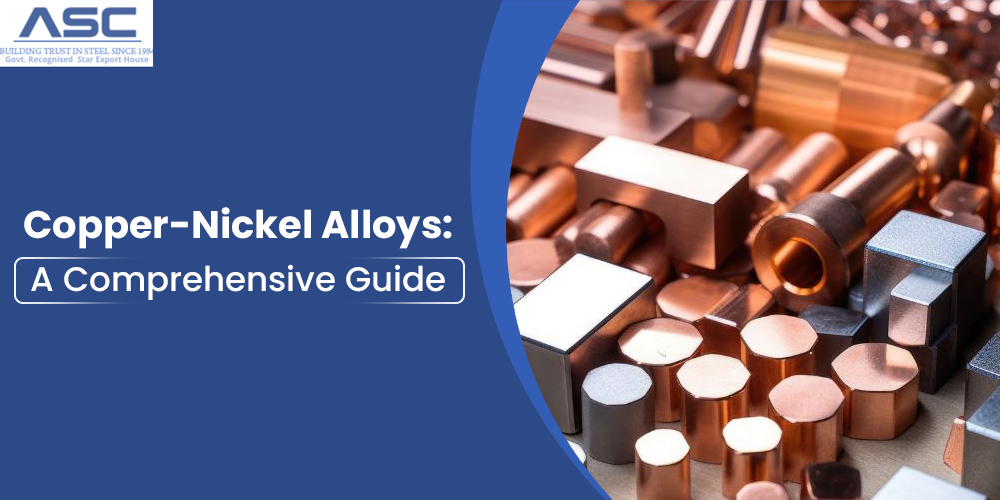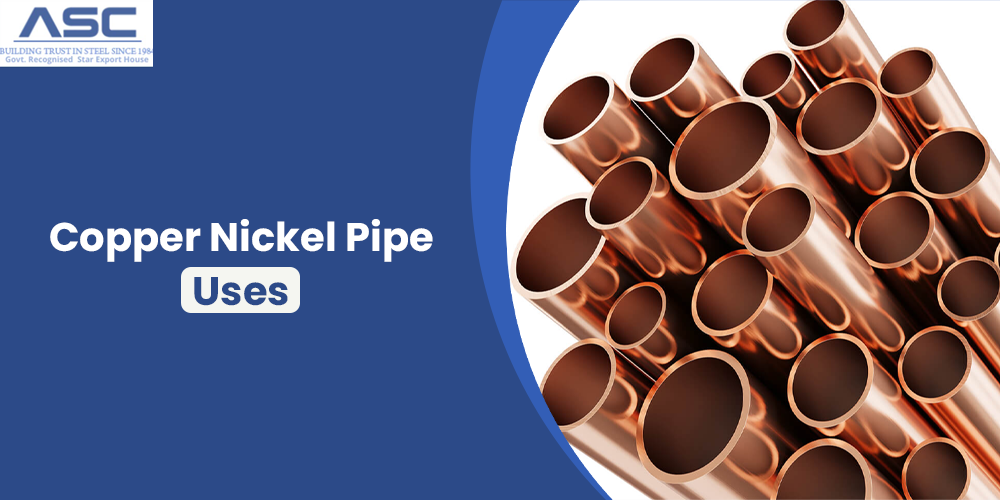Chemical Composition of Weathering Steel vs. Standard Grade 50 Steel
by AMC
Posted on February 22, 2023 at 13:40 PM

Steel is an essential material in the construction industry, and it is available in different grades to meet various requirements. Two of the most commonly used steel grades are weathering steel and standard grade 50 steel. While both are strong and durable, they have different chemical compositions that make them suitable for different applications. This article will explore the chemical composition of weathering steel and standard grade 50 steel, and their respective advantages and disadvantages.
Weathering Steel
Weathering steel, also known as corten steel, is a high-strength, low-alloy steel that is designed to resist atmospheric corrosion. The primary alloying elements in weathering steel are copper, chromium, nickel, and phosphorus. These elements form a protective patina on the surface of the steel, which protects it from further corrosion. The patina gives weathering steel its distinctive reddish-brown color and eliminates the need for painting.
Standard Grade 50 Steel
Standard grade 50 steel, also known as carbon steel, is a low-alloy steel that is commonly used in structural applications. It is composed primarily of iron and carbon, with small amounts of other elements such as manganese, phosphorus, sulfur, and silicon. Unlike weathering steel, standard grade 50 steel does not form a protective patina, and it is susceptible to corrosion over time. As a result, it is often painted or coated to prevent corrosion.
Chemical Composition of Weathering Steels
| According To | C % max. |
Si % max. |
Mn % | P % | S % max. |
N % max. |
Cr % | Cu % | V% | Ni% | Z% | Mo% |
|---|---|---|---|---|---|---|---|---|---|---|---|---|
| EN 10027-1 & CR 10260 |
||||||||||||
| S235J0W | 0.13 | 0.40 | 0.20-0.60 | 0.04 | 0.04 | 0.01 | 0.40-0.80 | 0.25-0.55 | - | 0.65 | - | - |
| S235J2W | 0.13 | 0.40 | 0.20-0.60 | 0.04 | 0.03 | - | 0.40-0.80 | 0.25-0.55 | - | 0.65 | - | - |
| S355J0W | 0.12 | 0.75 | 1.00 | 0.06-0.15 | 0.04 | 0.01 | 0.30-1.25 | 0.25-0.55 | - | 0.65 | - | - |
| S355J2WP | 0.12 | 0.75 | 1.00 | 0.06-0.15 | 0.03 | - | 0.30-1.25 | 0.25-0.55 | - | 0.65 | - | - |
| S355J0W | 0.16 | 0.50 | 0.50-1.50 | 0.04 | 0.04 | 0.01 | 0.40-0.80 | 0.25-0.55 | - | 0.65 | 0.15 | 0.30 |
| S355J2W | 0.16 | 0.50 | 0.50-1.50 | 0.03 | 0.03 | - | 0.40-0.80 | 0.25-0.55 | - | 0.65 | 0.15 | 0.30 |
| S355K2W | 0.16 | 0.50 | 0.50-1.50 | 0.03 | 0.03 | - | 0.40-0.80 | 0.25-0.55 | - | 0.65 | 0.15 | 0.30 |
| According
ToASTM & ASME Specn. |
||||||||||||
| A 588 Gr. A | 0.19 | 0.3- 0.65 |
0.80-1.25 | 0.04 | 0.05 | - | 0.40-0.65 | 0.25-0.40 | 0.02- 0.10 |
|||
| A 588 Gr. B | 0.20 | 0.15- 0.50 |
0.75-1.35 | 0.04 | 0.05 | - | 0.40-0.70 | 0.20-0.40 | 0.01- 0.10 |
|||
| A 588 Gr. C | 0.15 | 0.15- 0.40 |
0.80-1.35 | 0.04 | 0.05 | - | 0.30-0.50 | 0.20-0.50 | 0.01- 0.10 |
|||
| A 588 Gr. K | 0.17 | 0.25- 0.50 |
0.50-1.20 | 0.04 | 0.05 | - | 0.40-0.70 | 0.30-0.50 | - | Cb-0.005 -0.05 |
||
| A 242 Type-1 | 0.15 | - | 1.00 | 0.15 | 0.05 | 0.20 min. | ||||||
| A 242 Type-2 | 0.20 | - | 1.50 | 0.04 | 0.05 | 0.20 min. | ||||||
| According ToIS STD. | ||||||||||||
| IRSM-41 | 0.10 | 0.30- 0.50 |
0.25-0.45 | 0.075-0.14 | 0.03 | - | 0.35-0.49 | 0.30-0.60 | 0.05 | 0.28- 0.49 |
- | 0.05 |
Chemical Composition of Standard Grade 50 Steel
Standard Grade 50 Steel, also known as ASTM A572 Grade 50, is a low-alloy steel with a composition
that meets the requirements of ASTM A572/A572M. It is a structural steel that has a minimum yield
strength of 50 ksi (345 MPa) and a minimum tensile strength of 65 ksi (450 MPa). The chemical
composition of standard Grade 50 Steel is as follows:
- Carbon: 0.23%
- Manganese: 1.35%
- Phosphorus: 0.040%
- Sulfur: 0.050%
- Silicon: 0.40%
- Copper: 0.20%
Advantages and Disadvantages of Weathering Steel
Weathering steel has several advantages over standard grade 50 steel.
- It is highly resistant to atmospheric corrosion, making it ideal for outdoor applications such as bridges, buildings, and sculptures.
- It eliminates the need for painting, which saves time and money on maintenance.
- Weathering steel has a unique aesthetic appeal due to its reddish-brown patina.
However, weathering steel also has some disadvantages. It is typically more expensive than standard grade 50 steel and may require specialized welding techniques due to its chemical composition.
Advantages and Disadvantages of Standard Grade 50 Steel
Standard grade 50 steel has its own advantages and disadvantages. Its primary advantage is its low
cost, making it a popular choice for structural applications. It is also widely available and easy
to work with, which makes it a versatile material for various construction projects.
However, standard grade 50 steel is vulnerable to corrosion and requires painting or coating to
prevent corrosion. Additionally, it may not be suitable for outdoor applications in harsh
environments where weathering steel is preferred.
ASTM Specifications for Weathering Steels
There are several ASTM specifications for weathering steels that are commonly used in the
construction industry. These specifications define the requirements for the chemical composition,
mechanical properties, and other characteristics of weathering steels. Here are some of the most
common ASTM specifications for weathering steels:
- ASTM A242/A242M - Standard Specification for High-Strength Low-Alloy Structural Steel This specification covers high-strength low-alloy structural steel shapes, plates, and bars for welded, riveted, or bolted construction with atmospheric corrosion resistance. The steel shall have a minimum yield strength of 50,000 psi (345 MPa).
- ASTM A588/A588M - Standard Specification for High-Strength Low-Alloy Structural Steel, up to 50 ksi [345 MPa] Minimum Yield Point, with Atmospheric Corrosion Resistance This specification covers high-strength low-alloy structural steel shapes, plates, and bars for welded, riveted, or bolted construction with atmospheric corrosion resistance. The steel shall have a minimum yield strength of 50,000 psi (345 MPa).
- ASTM A606/A606M - Standard Specification for Steel, Sheet and Strip, High-Strength, Low-Alloy, Hot-Rolled and Cold-Rolled, with Improved Atmospheric Corrosion Resistance This specification covers high-strength low-alloy steel sheet and strip in coils and cut lengths for structural and miscellaneous purposes where atmospheric corrosion resistance is required. The steel shall have a minimum yield strength of 50,000 psi (345 MPa).
- ASTM A709/A709M - Standard Specification for Structural Steel for Bridges This specification
covers carbon and high-strength low-alloy steel structural shapes, plates, and bars and quenched
and tempered alloy steel for structural plates intended for use in bridges. The steel shall have
a minimum yield strength of 50,000 psi (345 MPa).
It is important to note that the specific grade of weathering steel required for a particolar application will depend on the specific requirements of the project and the environment in which it will be used.
Conclusion
In conclusion, weathering steel and standard grade 50 steel are two different types of steel with distinct chemical compositions and properties. Weathering steel is highly resistant to atmospheric corrosion and eliminates the need for painting, but it is more expensive and requires specialized welding techniques. Standard grade 50 steel is cost-effective and versatile, but it is vulnerable to corrosion and requires painting or coating. The choice of steel grade will depend on the specific requirements of the project and the environment in which it will be used.


